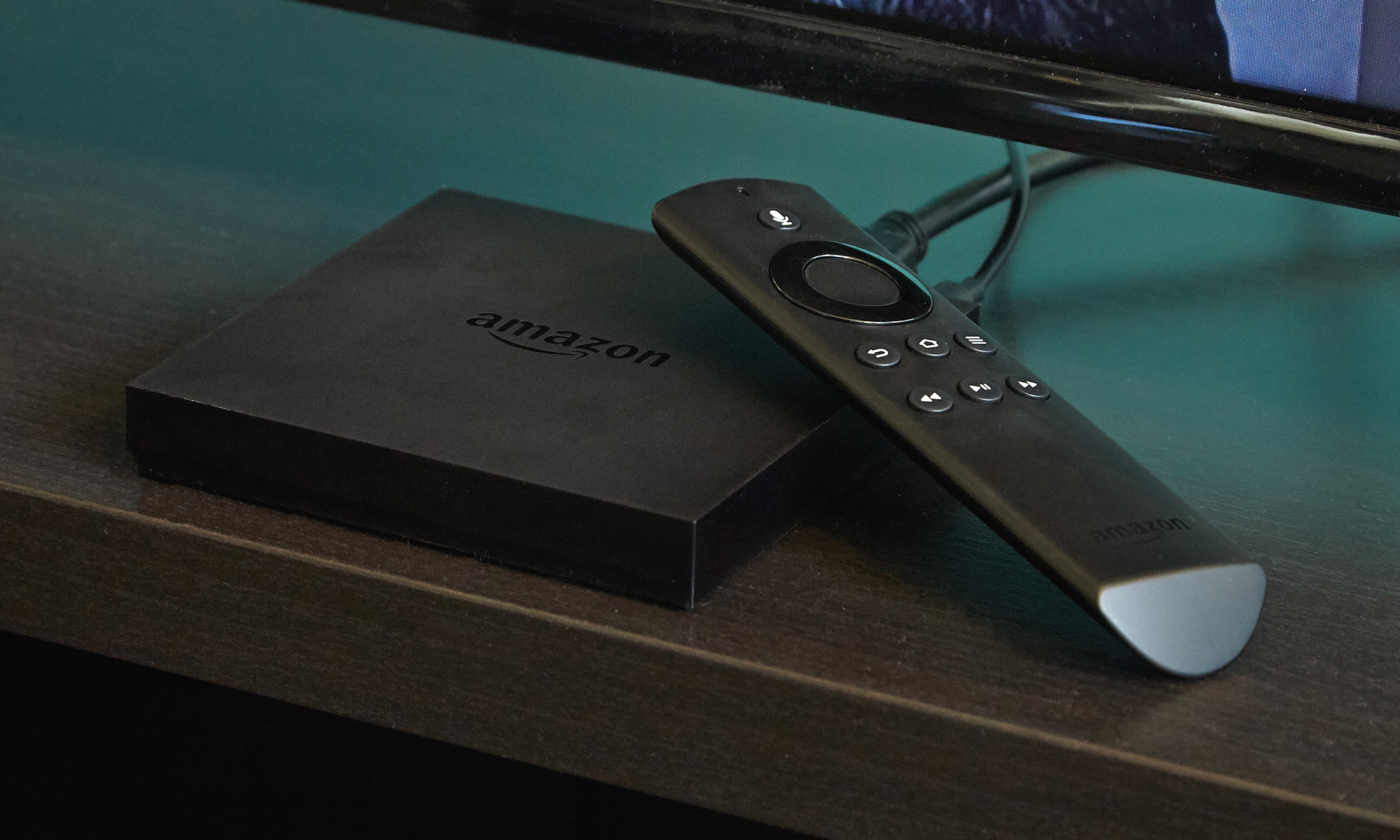Tom's Guide Verdict
If you have a 4K TV and an Amazon Prime account, this set-top box is designed for you. Otherwise, there are better streaming devices.
Pros
- +
Intuitive interface with improved voice search
- +
Large content selection
- +
4K support
- +
Alexa integration
Cons
- -
Limited search partners
- -
Game selection could be better
Why you can trust Tom's Guide
The Amazon Fire TV for 2015 ($100) looks a lot like the Fire TV that came out last year, but it comes with two big changes: The new model supports 4K content and features a revamped voice search with a helpful digital assistant. Amazon says the Fire TV also has 75 percent more processing power than the previous model.
While the set-top box remains overwhelmingly focused on Amazon content, it still sports a clean interface, a wide variety of content and a handful of helpful extras. If you have a 4K TV and an Amazon Prime account, the Fire TV is a good investment. If not, you may be better served elsewhere.
Design: Little black box
If you've seen the 2014 version of the Amazon Fire TV, you've seen the new edition. The new box looks exactly the same: It measures 4.53 x 4.53 x 0.69 inches, and is small and black, with a matte top and a shiny front. The device is totally unassuming, whether you display it in front of your TV or hide it off to the side. It's also small enough to fit in almost any existing setup.
The back of the Fire TV includes a USB port, a microSD card slot (for storing additional games and apps if you find the 8GB of standard storage too limited), an HDMI port and an Ethernet port. The last Fire TV had a digital audio output, but if you were going to connect your system via HDMI anyway, this is probably not something you really needed

I never had trouble finding what I wanted to watch, listen to or play next.
Interface: Amazon at the forefront
The interface on the 2015 Fire TV is almost identical to last year's configuration. (In fact, if you have a 2014 model, your interface will be identical, as long as you keep your system updated.) The main screen has a scrollable menu, which lists recently accessed apps, recommended content from Amazon, Amazon Prime Video, Amazon Prime Music, games, apps and so forth.
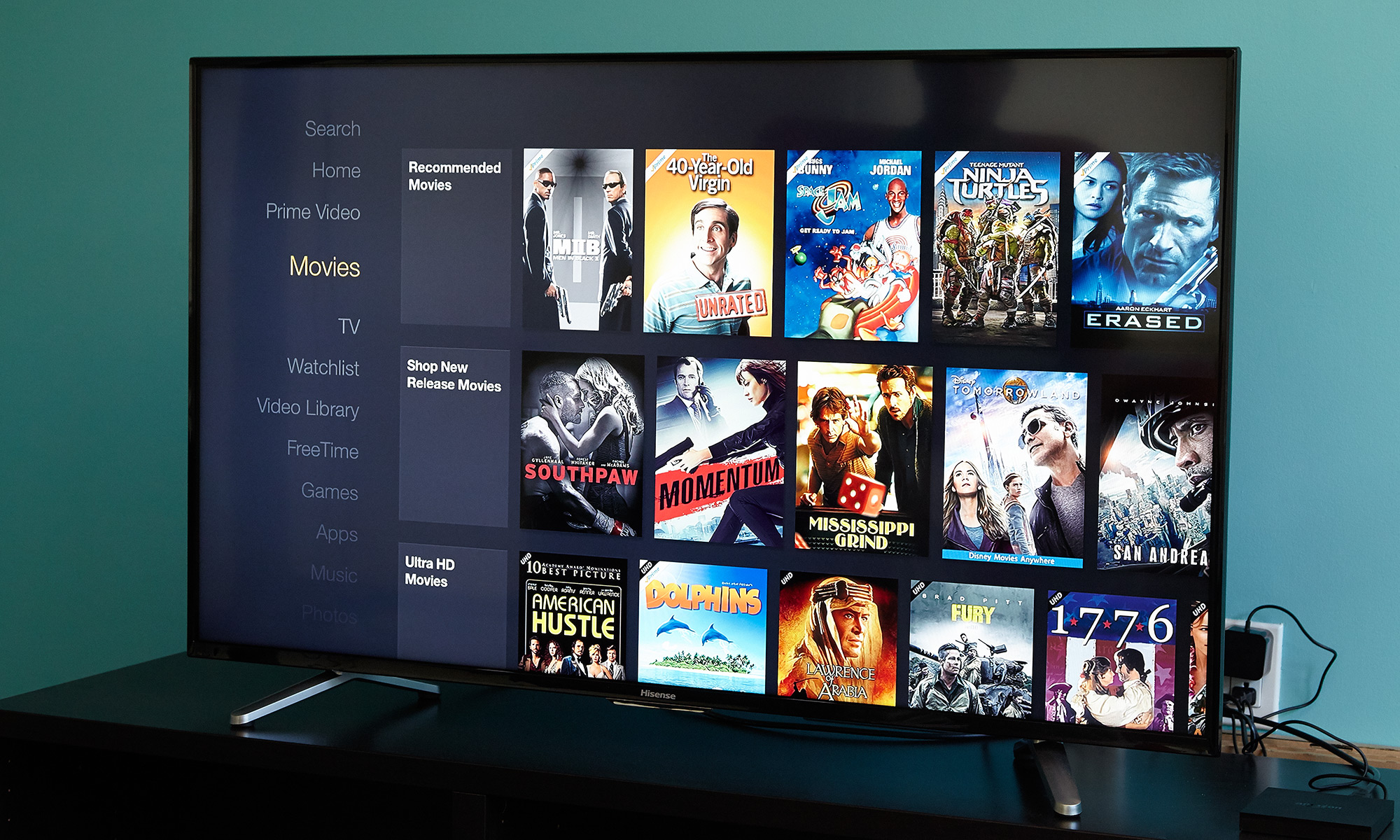
Overall, the design feels utilitarian, but it gets the job done. I never had trouble finding what I wanted to watch, listen to or play next. Even when I had to scroll down through a few separate menus to find, say, a favorite game or an obscure video app, the main menu did a good job of remembering which apps I used often, and put them right at the top of my list. There's no way to customize the interface beyond that, which would have been nice, but if you tend to use the same apps over and over, you'll be able to access them quickly.
As before, the interface is there mostly to highlight Amazon content. While you can certainly access other apps such as Netflix, Hulu Plus, Pandora and Spotify, the vast majority of the interface is devoted to what you can watch on Amazon (and, of course, what you can buy — not all Amazon Instant Video content is available through Amazon Prime). If Amazon Prime is your primary avenue of streaming media, this focus can be extremely useful; if not, it may feel irrelevant.
Two Fire TV-exclusive features also made their way to the new Fire TV: X-Ray and ASAP. These two features have been available since last April on both the original Fire TV and the Fire TV Stick, but they continue to be useful assets for viewers who get most of their content through Amazon.
X-Ray allows users to access IMDB without having to whip out their phones. The program will give you a list of actors in a movie, the names of the characters they play and other films they've appeared in. It will even follow characters in real time to show you who's in a scene at any given time. (In Back to the Future, for example, it could tell me about Doc Brown and Marty in one scene, and George McFly and Biff Tannen in the next.)
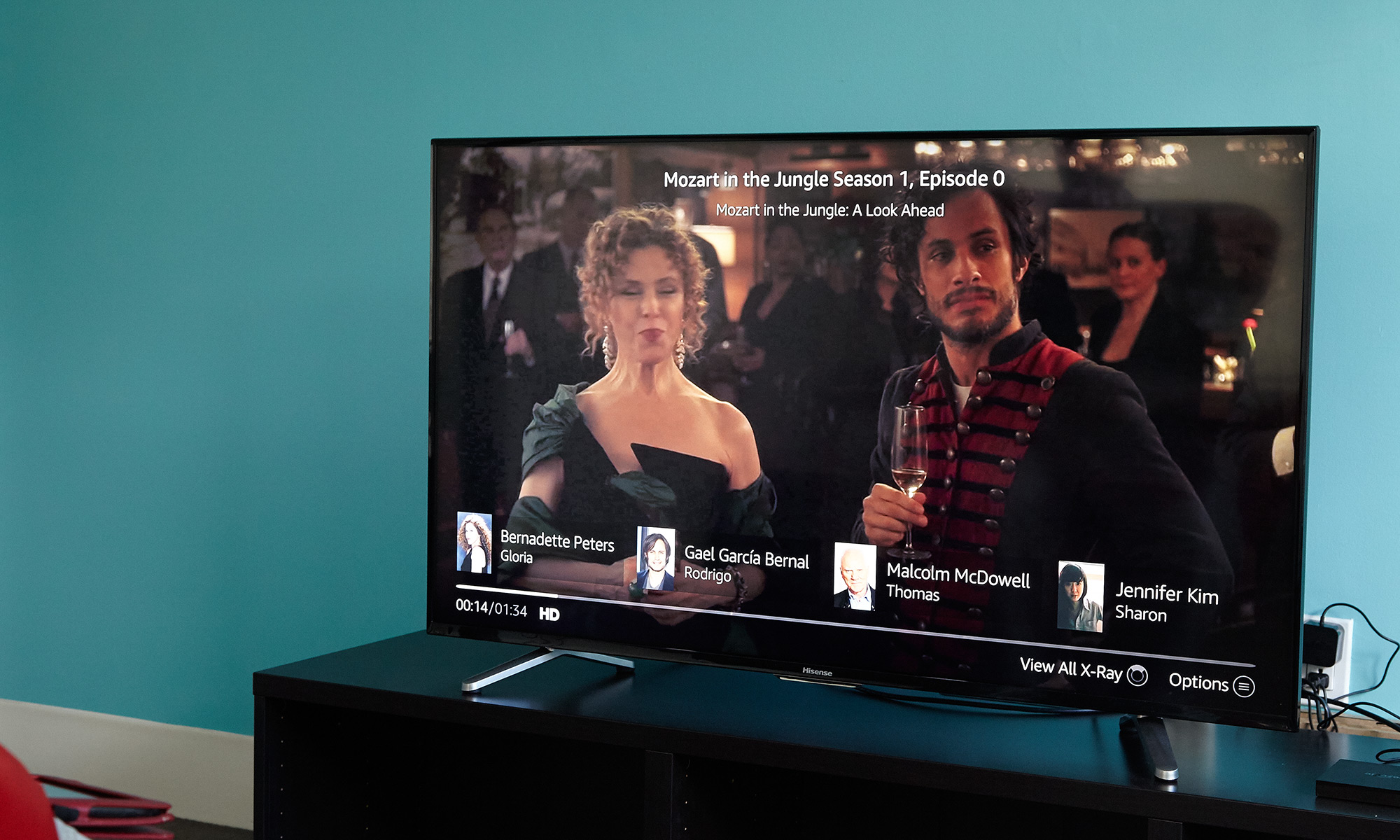
ASAP is an algorithm that learns your Amazon Instant Video preferences over time and starts preloading and buffering content before you select it. To test this, I watched an episode of Orphan Black, and awaited Amazon's recommendation: Mozart in the Jungle. When I clicked on the latter show, the episode loaded within about 5 seconds rather than the standard 10 or so. (Buffering to full 4K still took some time, however.)
While X-Ray and ASAP have their limitations — both work only with Amazon Instant Video content, and ASAP is still highly dependent on your Internet setup — they're still both helpful to have.
A recent update also allows the Fire TV to recommend content from sources other than Amazon, as well as change your video quality in case you need to save bandwidth.
Remote: Fewer features than Roku
The Fire TV remote is about the same as it was last year: a tall, thin gadget with a voice-search button, a confirm button surrounded by a clickable navigation wheel and two rows of buttons beneath that. As before, users can go back, go home, access a menu and control playback.
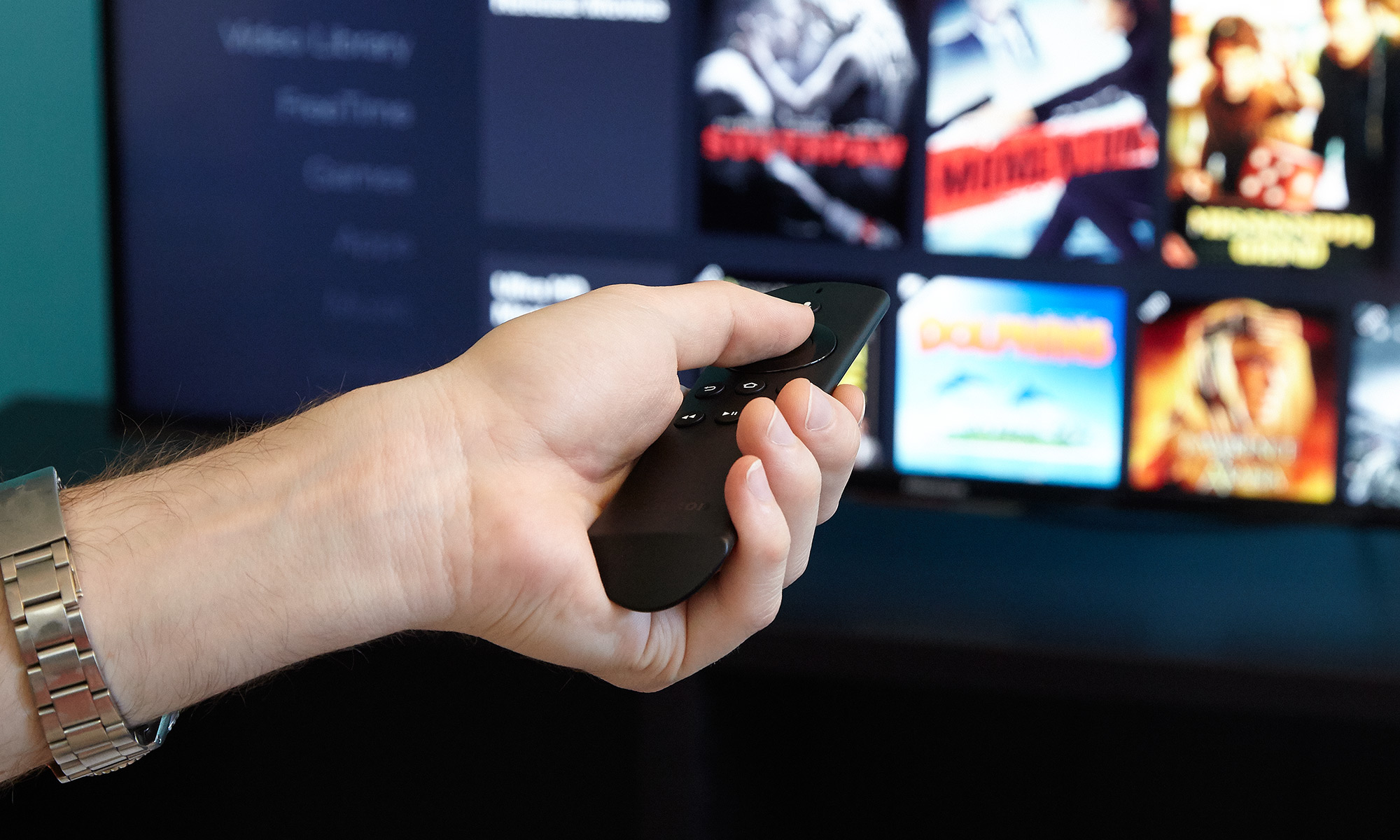
It's not quite up to the level of the Roku 3 (or upcoming Roku 4) remotes, which have private headphone jacks as well as buttons that instantly take you to popular apps such as Netflix. And while the original remote had a pleasant matte finish, this one has a plastic finish, which makes it less comfortable than the old model.

Search and Mobile App: Much improved with Alexa on board
The first Fire TV set itself apart from the set-top box crowd by offering a voice search through its remote control. The only problem was that, when it launched, voice search was terrible, unable to make heads or tails of most words when it deigned to listen at all.
Thankfully, voice search on the Fire TV has come a long way since then. No matter what I searched for, from Peter Capaldi to The Black Crowes to Star Trek: Voyager, the remote understood my commands and took me where I needed to go.
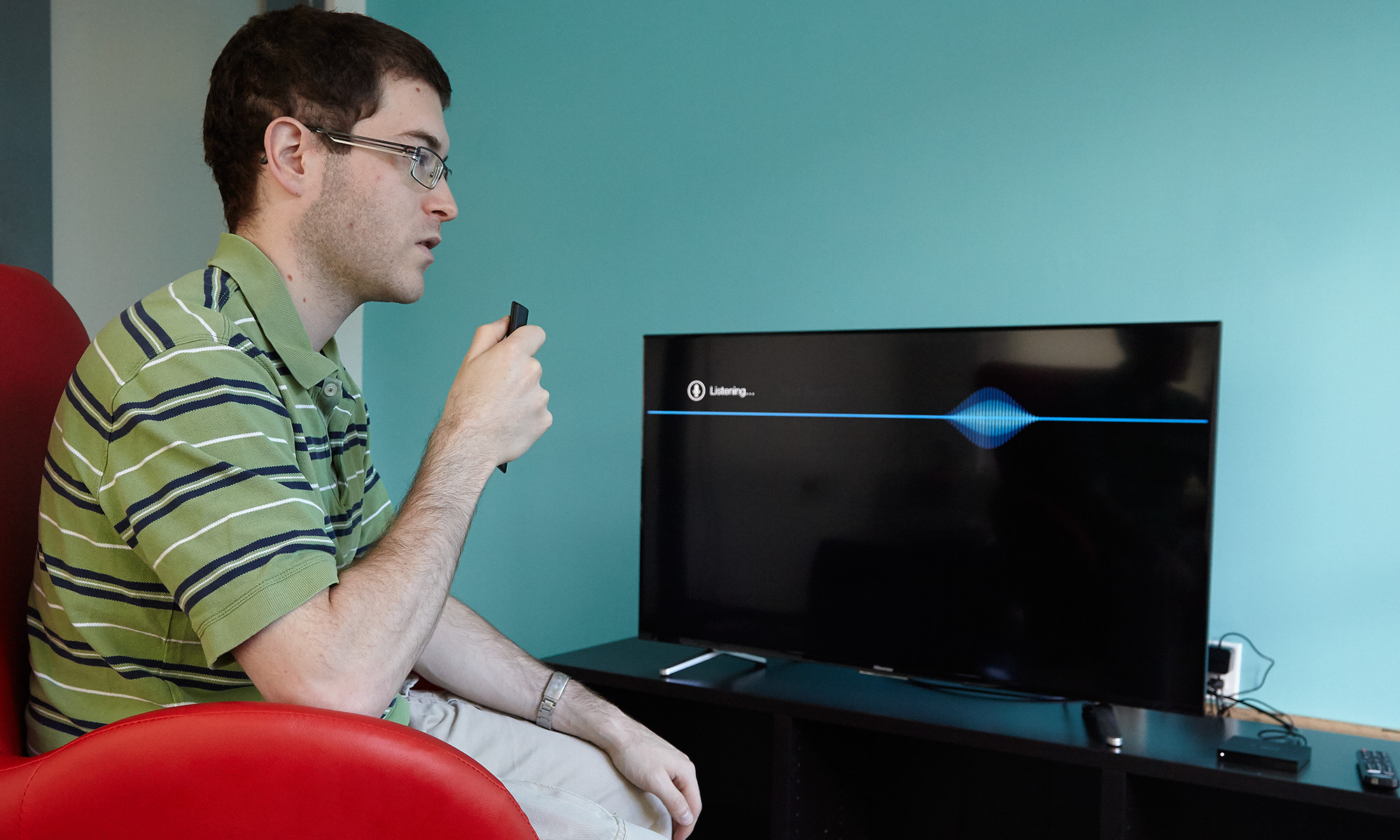
The Fire TV even comes with its own pleasant, female voice assistant, named Alexa. The Alexa functionality is similar to Apple's Siri, Microsoft's Cortana and Google's Google Now. You can ask Alexa to tell you about weather, traffic, sports standings and general trivia. It can also find music and movies for you, compose a shopping list or help sync your calendar. A recent update has also given Alexa the ability to launch apps, play movies and TV shows just by asking, search local businesses and find movie showtimes. They're all helpful features, if you like navigating with your voice.
There's also a text search for when the voice search simply won't do, but it's still a bit slow in comparison to just saying what you want.
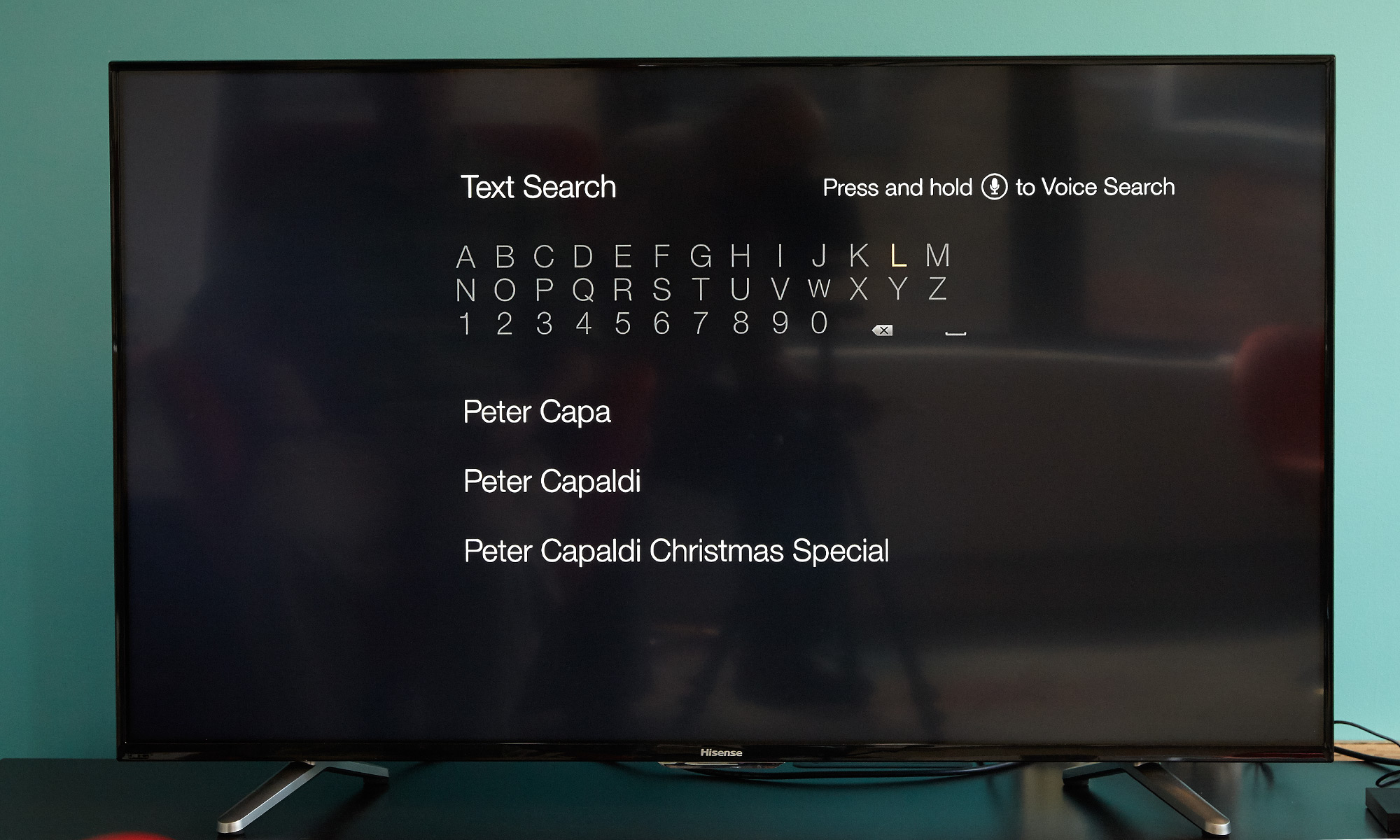
The problem with both voice and text searches is that while they will trawl services other than Amazon, they won't trawl that many. If you search for a TV show, it will show you the program (or its closest analogues) only on Amazon Instant Video along with Hulu Plus, Crackle, HBO Go and a few others; Netflix and YouTube aren't supported yet. Amazon currently supports eight services with search; 10 more are due by the end of the year. That's still not quite up to the Roku or Nexus Player's capabilities at the moment or what Apple is promising with its forthcoming Apple TV update.
Performance: Crisp 4K streaming but no HDR
The biggest improvement of the 2015 Fire TV over its 2014 precursor is the addition of 4K streaming. Now, the Fire TV can stream a variety of channels in 4K, including Amazon Instant Video, Netflix and YouTube, with more services on the way. And while the Fire TV delivers on Amazon's promise of 4K streaming, it's not quite up to par with what other manufacturers offer.
In terms of raw resolution, the Fire TV does indeed reach 3840 x 2160, more commonly known as 4K. I experimented with episodes of Orphan Black on Amazon Prime and footage of Costa Rica shot on a 4K camera on YouTube. Both looked crisp, clean and considerably sharper than they would on a comparable full-HD TV.
Unfortunately, the Fire TV doesn't measure up to its competitors in terms of UHD's complementary technologies. As the box does not support HDMI 2.0, it cannot achieve refresh rates of 60 frames per second, like the Roku 4 and the Nvidia Shield TV can. The Fire TV doesn't support high dynamic range (HDR) content, either — ironic, considering that Amazon Prime's Mozart in the Jungle is one of the few shows that currently supports the technology. (At present, only the Shield TV offers HDR support.)
MORE: Best Streaming Players: Chromecast, Roku, Apple TV & More
There is a reasonable debate to be had as to whether a system primarily for movie and TV really needs a 60 fps refresh rate, as most movies and shows stream between 24 and 30 fps, but it's still a feather in the other systems' respective caps.
Aside from that complaint, navigation is smooth and fluid on the Fire TV, when using a remote, a controller or voice search. The device loads and buffers content within about 10 seconds on most apps, dependent on the strength of your Internet connection.
You will also eventually be able to contact Amazon and let company reps take over your Fire TV with the Mayday feature, which acts the same as Remote Desktop on a Windows PC. If there's a problem with your system that you just can't solve, you can hand it over to Amazon and let them fix it directly. However, the feature is not yet available, and an Amazon representative told me that there is no set release date for it. (Currently, Mayday works on Kindle Fire tablets.)
Amazon claims that the new Fire TV is 75 percent more powerful than its predecessor. This might be true, but I didn't notice any significant difference in loading content, navigation or gaming. The original Fire TV and the Fire TV Stick ran smoothly to begin with, and while more power is a good thing, I observed no night-and-day difference.
Content and Apps: A growing selection
Roku may have the claim to the biggest channel selection on the market, but the Fire TV is no slouch. (In fact, if you take games into account, the two are about neck and neck.) All major services are present and accounted for, including Netflix, Hulu Plus, Amazon Instant Video (of course), HBO Now/Go, Pandora, Spotify and most subscription network services, such as Showtime Anytime and CBS All Access. All told, the Fire TV has almost 3,000 nongame apps.
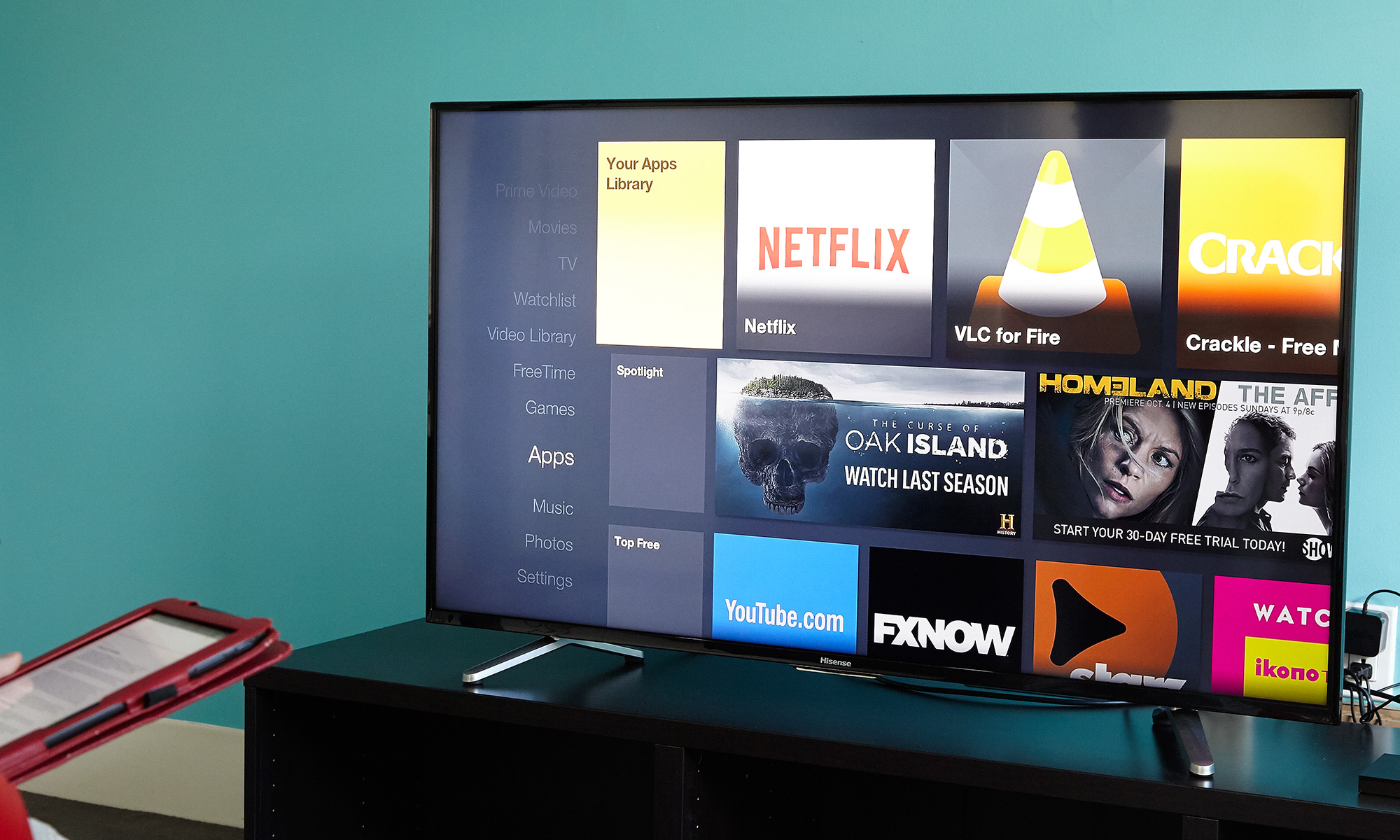
Amazon Prime Instant Video doesn't have quite as much content as Netflix, but the content it does have is arguably much more focused, with older seasons of HBO shows, as well as shows from Viacom, including MTV, Nickelodeon and Comedy Central. (Netflix and Viacom had a falling out a few years ago, at least in the United States.)
Amazon Prime Music, on the other hand, is not all it could be. While the selection itself is OK, it doesn't come anywhere close to services like Spotify and Pandora. You can listen to preselected playlists, procedurally generated radio stations or entire albums, but there's no great way to search music on the Fire TV. If you want to listen to a whole album that's not displayed on the front page of the Fire TV interface, for example, your best bet is to make a custom playlist on your computer or mobile device, then listen to it from the Fire TV. Music navigation isn't consistent, either. When I searched for artists, the Fire TV gave me only a handful of their songs. But when I asked Alexa to find individual songs, she would play them through Prime Music instantly. Finding music by artist or album is a chore, but finding individual songs is simple.
As with previous Fire TV products, you can enable the new version to mirror the screen of your mobile device or computer. Screen mirroring remains incredibly inconsistent, and largely dependent on your current setup. For example, the Fire TV had no issue streaming my Twitter feed when mirrored from my Nexus 10 tablet, but when I tried to mirror a video feed, the entire system disconnected.
Games: Good performance, small selection
As discussed above, the Fire TV is theoretically much more powerful than its predecessor, but hard to gauge with games. The selection of high-end games has not grown much since last year, while there's been a veritable explosion of second-rate copies and outright junk.
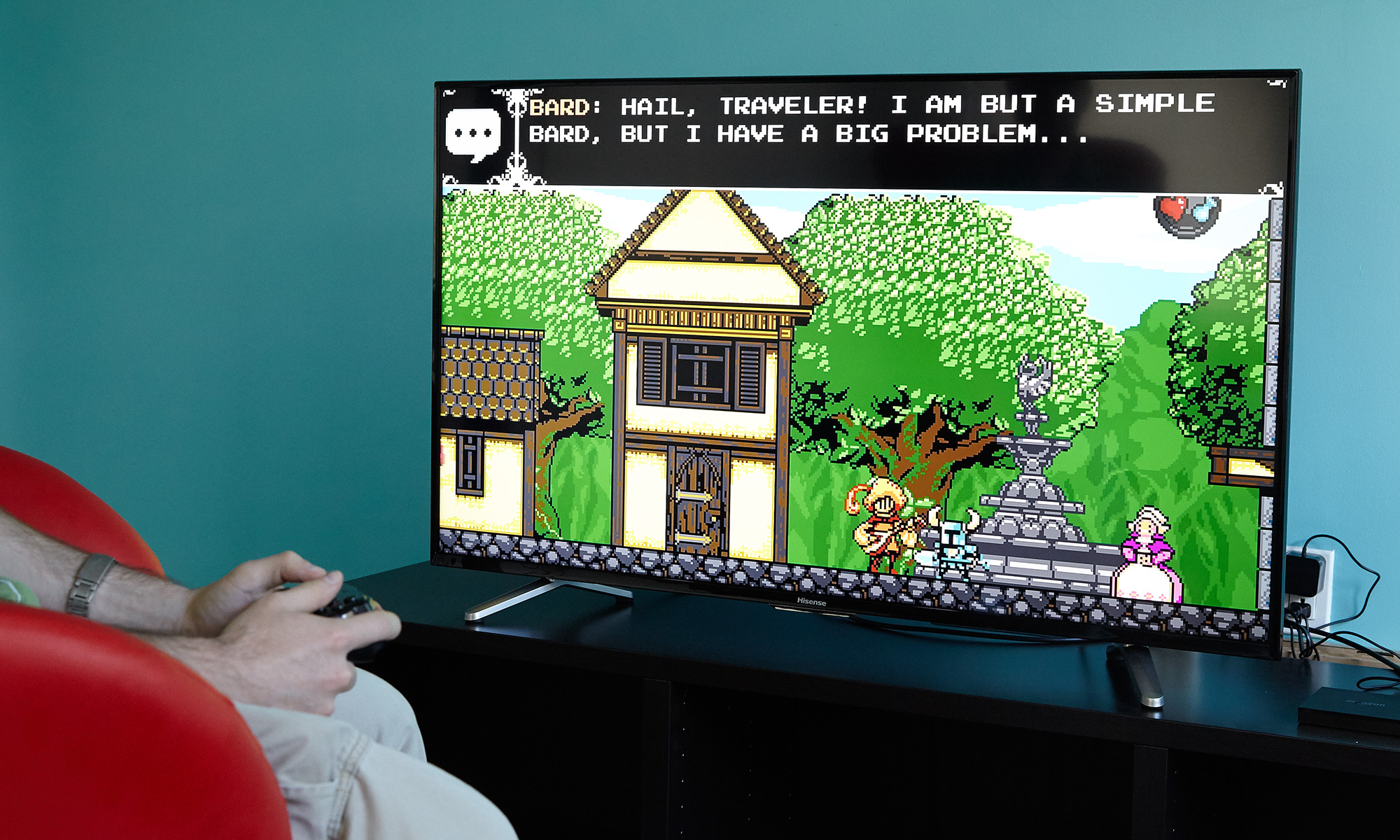
Make no mistake: The Fire TV has some great titles, including Final Fantasy III through VI, a handful of Grand Theft Autos, Telltale's Walking Dead and The Wolf Among Us, and the awesome retro platformer Shovel Knight. However, for every Bard's Tale, there are 10 embarrassing Bejeweled clones.
The Fire TV launched alongside a system-exclusive game known as Sev Zero, which was a fairly mediocre outing. Since then, the platform has yet to see an exclusive title, or something that leverages the full potential of the admittedly powerful system. This is even more of a shame, considering that you can purchase a $140 Fire TV bundle that includes a controller, two games (the aforementioned Shovel Knight and the retro DuckTales) and a 32GB microSD card.
MORE: Best Streaming Video Services
If you're looking for a full gaming system, an Xbox One, PS4 or gaming PC is still the way to go. Among set-top boxes, Nvidia's Shield TV still has a considerable leg up on the Fire TV.
Bottom Line
Overall, the $100 Fire TV is a pretty good value. It delivers 4K content and offers improved voice search, along with the Alexa assistant. The Fire TV also benefits from better parental controls than other set-top boxes. However, the lack of HDR support for video is a bummer, and we wish the universal search function worked with more services.
Among other streaming boxes, the $129 Roku 4 promises better 4K video (although we will test this when the product is available), the $199 Shield TV has better gaming capabilities and the new $35 Chromecast is much cheaper. However, the Fire TV is a solid option if you're an Amazon Prime member and want an easy way to find stuff to watch.
Marshall Honorof is a senior editor for Tom's Guide, overseeing the site's coverage of gaming hardware and software. He comes from a science writing background, having studied paleomammalogy, biological anthropology, and the history of science and technology. After hours, you can find him practicing taekwondo or doing deep dives on classic sci-fi.
